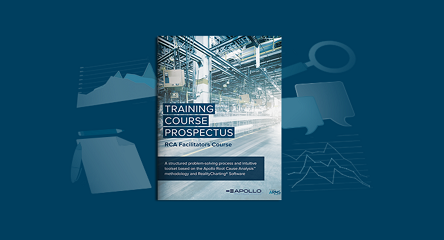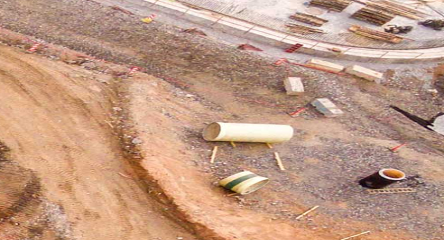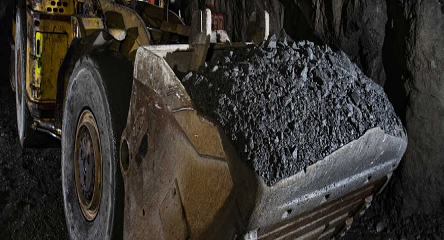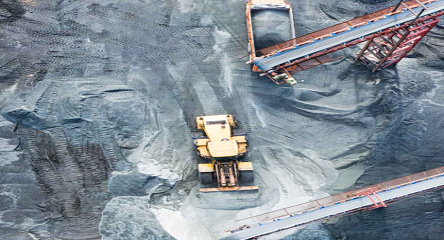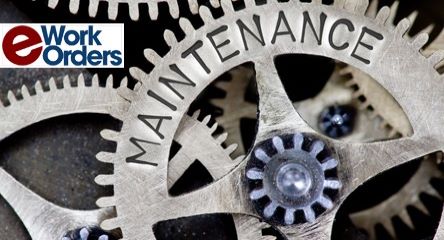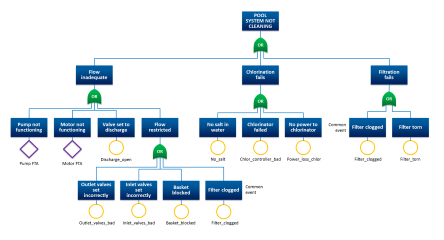Buying solutions in manufacturing can be a complex process. There is no shortage of technology solutions available, with the range of hardware and software options enough to create great potential for second guessing and doubt. Couple that with a well-documented change in buying behavior in B2B transactions and we create further complexity.
Gartner’s research indicates “75% of B2B buyers prefer a rep-free experience.” Yet, going rep-free greatly increases “purchase regret.” When you add in the number of decision makers, “seven people on average” in firms with 100-500 employees, per Worldwide Business Research, as well as buyers being “57-70% through their buying research before contacting sales” we have significant opportunity for decisions to be deferred or suboptimal decisions being made on a longer timeline, none of which is ideal when trying to improve.
How do we reconcile risk aversion as a manufacturing organization with a bombardment of information coming from vendors? How can we increase our chances of picking the right vendors and solutions and minimize the risk of making the wrong decision?
Let’s look at this first from the perspective of a manufacturer (the buyer). We will then look at some keys for the solution providers (the seller).
One key that should be present across the spectrum is that solving these challenges requires a balanced approach, referred to here as Optimized Ecosystem Engagement. This concept is built on a well-known manufacturing metric, Overall Equipment Effectiveness (OEE).
OEE encompasses multiple people, processes, and technologies to provide a score comprising availability, performance, and quality. Making incremental OEE improvements can be accomplished in a silo, yet sustained, widespread improvements are best executed with an ecosystem approach.
Once a buyer has determined there is an issue they need to improve, research into solutions begins. This process may look different based on your role, your company culture, and other factors, and therefore we won’t propose a “best practice” on how to conduct research. However, during your discovery, quantifying some tangible items and qualifying some intangibles, can help increase your probability for success.
What type of customer does this company typically sell to? Who are they targeting their solution toward? If someone says they sell to everyone, there is a good chance they do not have the depth of expertise to help acutely address your challenges. If their focus is specifically aimed at the C-suite, but don’t have a strong understanding of how the solution is used by frontline employees, be wary. If they attempt to do everything in-house and do not have a robust partner ecosystem, dig deeper.
Knowing that these environments are complex, it’s important to understand how the vendor and their ecosystem can dig into the specifics of your environment and help you solve the problem. Make sure you’re bringing the right guide to the table, one who asks good questions, offers guidance, and can say they don’t know, but know who they can ask to get that support or answer.
As a seller, be a guide, a conduit for knowledge, and always focus intently on the right way to solve the challenge presented. Saying no to requests that aren’t right is always a good approach. You do not want to bring in a customer that has a low chance of success. The immediate revenue is no match for the downstream issues and hit to your brand. Instead, focus on bringing the right people to the table to support the right customers. Mapping out solutions, steps in the process, and how your solution helps them achieve those goals will position you as a trusted guide in their journey.
Following up and making sure the team delivers on those goals is critical to your team’s and ecosystem’s success.
There’s a great deal of noise and confusion in industrial technology. While it’s unlikely that disappears overnight, if you are focused on clearly identifying what problem you need to solve, identifying stakeholders to help internally, and solution providers that clearly align with your message externally, you greatly improve your odds. Ensuring that they bring the right people to the table to focus on delivering the right tool at the right time helps to optimize your ecosystem engagement and drive toward improving OEE or any other key measures that drive your manufacturing operation.
